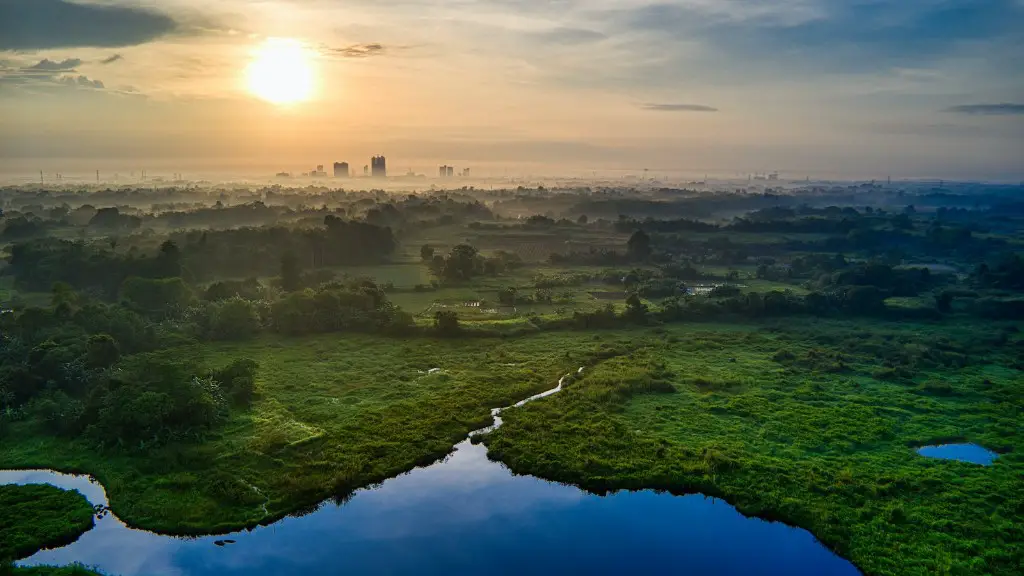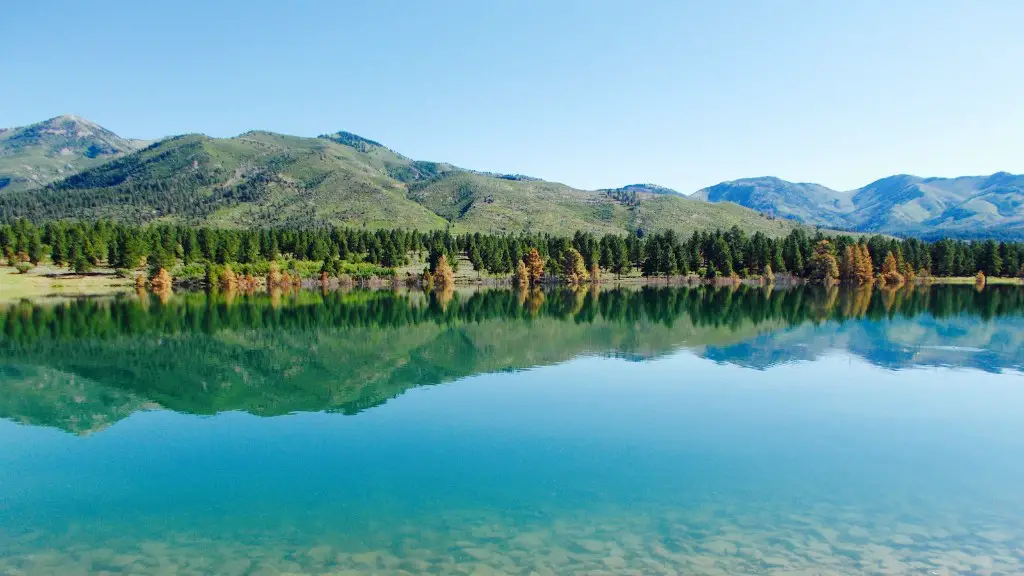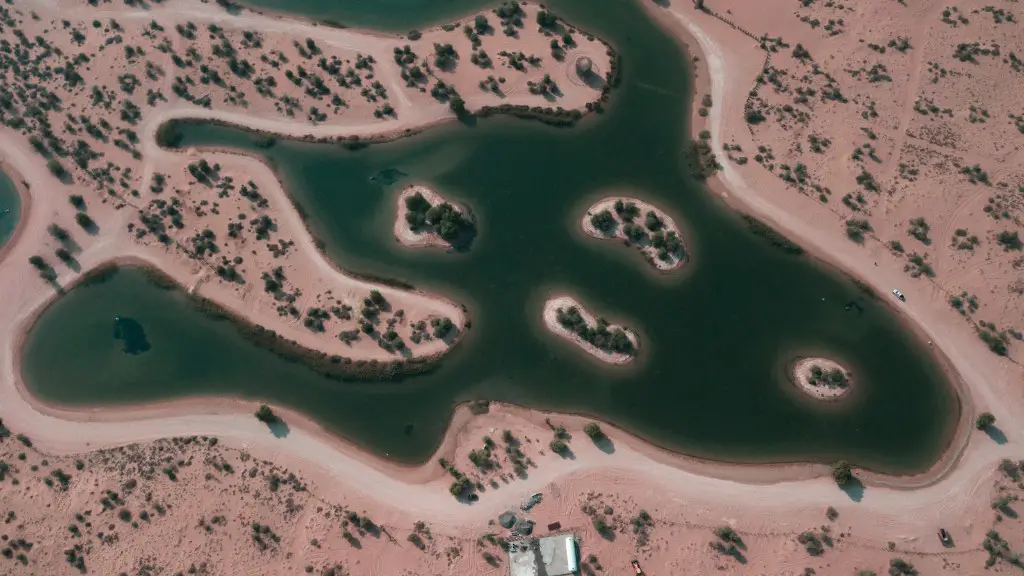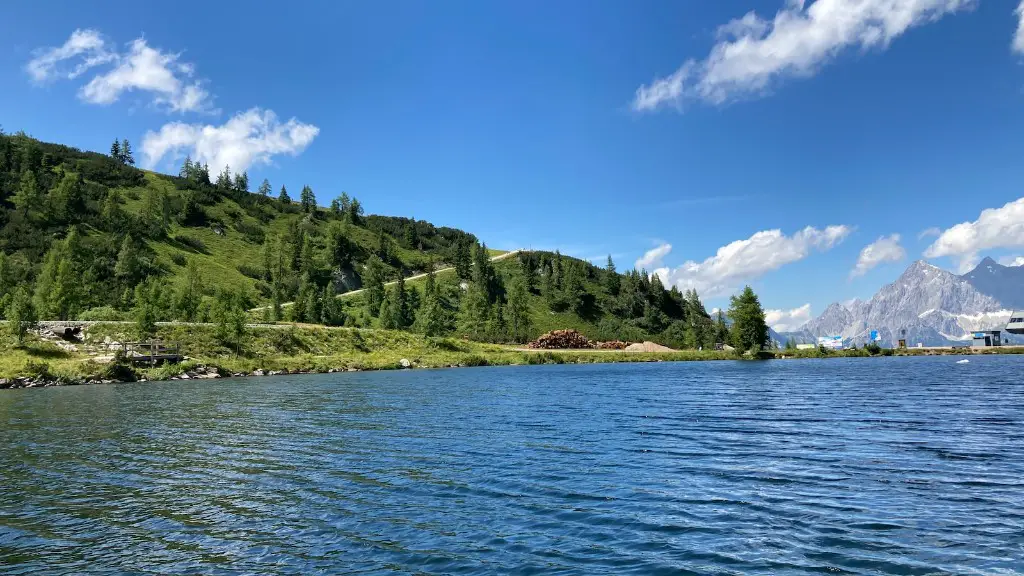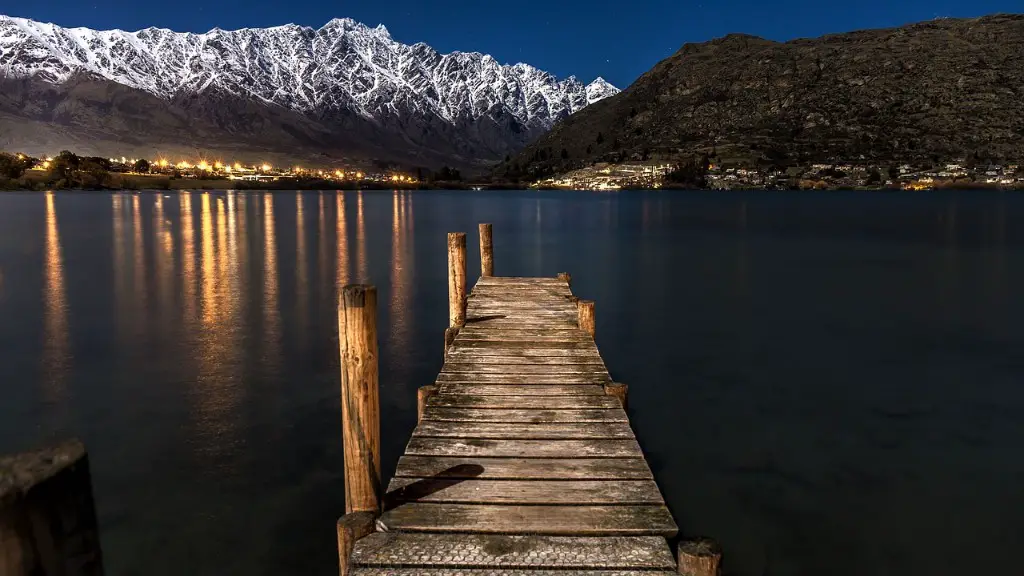Geography of Lake Victoria
Lake Victoria, the largest lake in Africa, is situated in the heart of East Africa. It lies within three countries, Uganda, Kenya, and Tanzania. The lake is a major source of the Nile River, which is important for the agricultural and economic development of many areas of East Africa.
Lake Victoria is the second-largest freshwater lake in the world, and its surface area covers about 69,484 square kilometers. It is approximately 82 meters deep with an average depth of 40 meters. The lake is home to many different species of both birds and fish, including populations of the Nile perch, tilapia, and numerous other species.
The lake is considered one of the major tourist attractions in East Africa, as visitors come from all over the world to come and experience the lake’s beauty and serenity. Apart from its tourism benefits, Lake Victoria also supports many local economies as fishing is a major activity that takes place around the lake. The lake has also recently become a popular destination for sailing, kayaking, and other recreational activities.
Lake Victoria is part of the African continent. It lies in the African Rift Valley and Lake Victoria is one of two large lakes located in the valley, the other being Lake Tanganyika, which lies north of Lake Victoria in Tanzania. The lake is a source of the Nile river, which originates in lake Victoria.
The lake’s catchment area is about 214,000 square kilometers, is covered by forests, and is home to several species of birds, animals, and fish. Fish species from Lake Victoria also have a significant contribution to the food security of communities living in East African countries. These populations are heavily dependent on fish from the lake for protein consumption.
Lake Victoria is important for the hydropower generation in East African countries. The hydroelectric power generated from Lake Victoria volume is about 1400 MW and is used to supplement the power production of countries around the lake.
The lake also provides a vital transport link between the countries of East Africa, especially between Uganda and Kenya. Many ships move between the ports on the lake and this helps to boost the economic activity in the region.
Environmental Issues of Lake Victoria
Lake Victoria has faced numerous environmental issues over the last decades. Overfishing, pollution, and the introduction of exotic species, such as the Nile perch and Nile tilapia, have adversely impacted the lake’s ecology. The growth in population around the lake has also led to increased competition for freshwater and associated resources.
The degradation of Lake Victoria’s environment is mainly attributed to human activities, such as deforestation and widespread pollution caused by the discharge of untreated waste into the lake. This has led to a decrease in the water’s quality and a reduction in the populations of key fish species.
The introduction of the Nile perch, which is an exotic fish species, has caused problems for both the native and migratory fish species of Lake Victoria. The introduction of this species was initially seen as a solution to the problems of overfishing, but it has had detrimental effects on the native species of fish in the lake. The perch has contributed to a drastic decrease in the number of native species and has caused a decrease in the fish-based diet of surrounding communities.
Deforestation impacts the lake’s ecology, as it reduces the surface area available for the replenishment of water, leading to the loss of freshwater supplies. This has serious implications for the local people, as freshwater is essential for the sustenance of their livelihoods. The reduction in freshwater supplies has also had an adverse effect on the biodiversity of the lake.
Lack of proper infrastructure to provide effective waste management has also contributed to water degradation and pollution. This has had a determined effect on water used by local communities for drinking, fishing, and other daily activities.
Conservation Efforts
A range of efforts have been undertaken to conserve Lake Victoria and its surrounding environment, such as:
The reduction in the dumping of human and industrial waste into the lake is one of the most important conservation efforts. Various waterside communities and organizations have been urged to increase their efforts to reduce the volume of waste being dumped into the lake.
There are efforts being made to reintroduce native fish species into the lake, as well as to reduce the number of invasive species. The regulations imposed to monitor and regulate fishing in the lake have also been increased, in order to make it more sustainable.
Reforestation projects are being implemented to reduce the effects of deforestation on the lake’s environment. These efforts have helped to restore some of the original ecological balance of the lake.
In addition, the Nile Basin Initiative is seeking to develop a framework for sharing the benefits and responsibilities associated with the shared water resources of the Nile. The framework will help to ensure equitable access to vital sources of water, such as Lake Victoria.
Stakeholders Involved
Different stakeholders are involved in the conservation and management of Lake Victoria, such as the local communities and organizations, governments, non-governmental organizations, and international organizations.
The governments of Uganda, Tanzania, and Kenya are responsible for managing and protecting the lake, as well as its surrounding environment. They are also responsible for supporting local communities and implementing various measures to reduce the environmental degradation of Lake Victoria.
Non-governmental organizations are also involved in the conservation efforts. Local NGOs are working to provide communities with the tools and resources needed to manage the lake sustainably. International organizations such as the World Bank and the United Nations Environment Programme are also involved in the conservation of Lake Victoria.
The lake is also an important resource for the local people who rely on it for their livelihoods. The local communities are crucial stakeholders in the efforts to conserve the lake, as they have intimate knowledge of the lake’s environment and ecology.
Conclusion
Lake Victoria is a major source of the Nile and provides economic, environmental, and social benefits to the communities surrounding it. However, the lake’s environment and ecology are facing threats due to overfishing, pollution and the introduction of exotic species. Consequently, various stakeholders are involved in the conservation efforts of the lake to protect it for the future generations.
